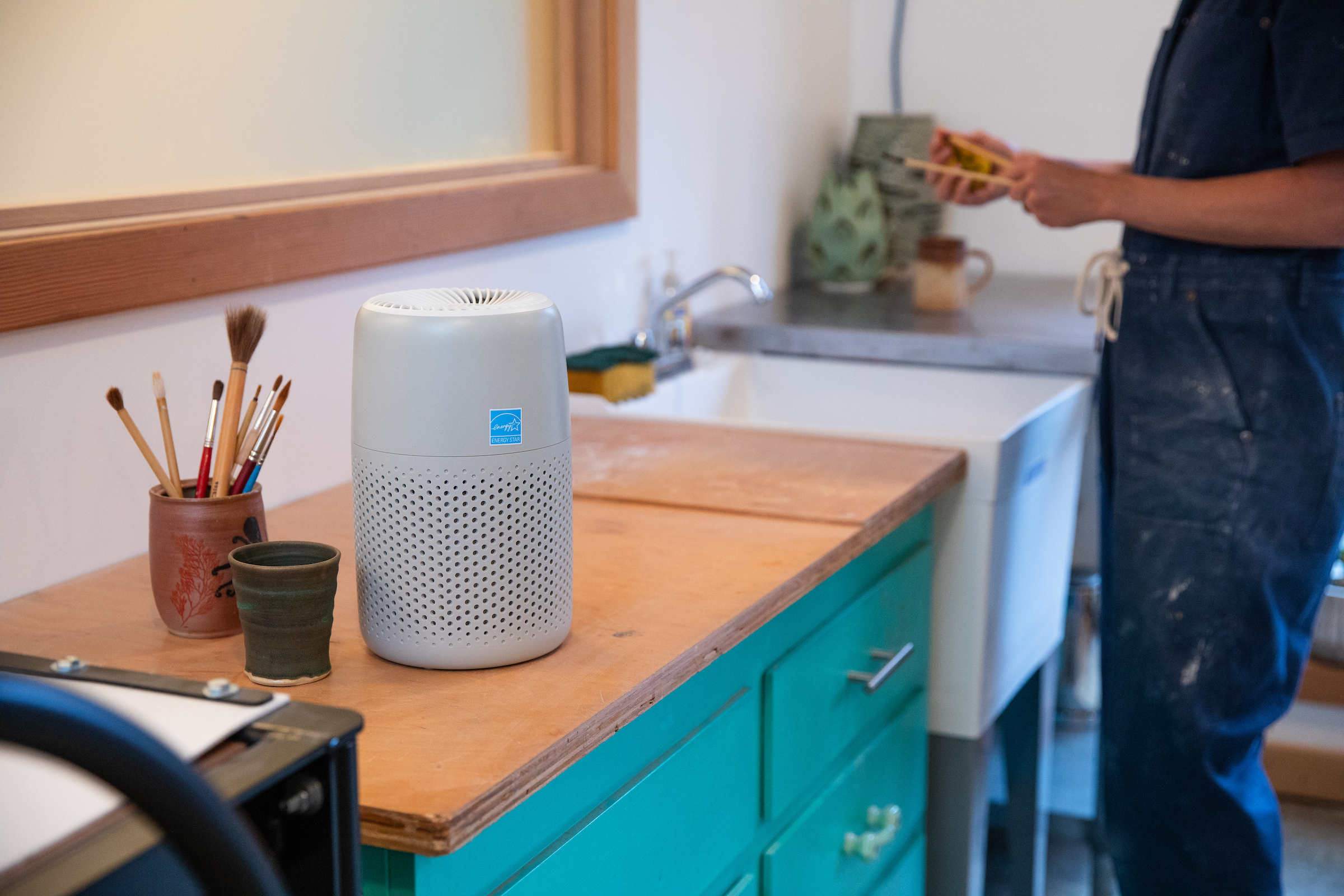
If you or your kids have been sneezing more than usual, you’re not alone. Allergy season has arrived in Oregon, and for many people, it’s already proving to be a rough one. As spring sports are in full swing and recent good weather is prompting plenty of time on the playground, your kids may already see the impact of seasonal allergies while playing outside.
Known as the “Grass Seed Capital of the World,” Oregon experiences one of the nation’s longest and most intense allergy seasons, thanks in part to our mild, wet climate that allows pollen-producing plants to thrive. If you’ve noticed your children rubbing itchy or watery eyes or sneezing a lot lately, that pollen could be the likely culprit.
But there’s good news: small, simple changes at home can not only help ease allergy symptoms — they can also help lower your energy bills.
Below are five easy tips from Energy Trust of Oregon to reduce allergens and energy use this season to keep you and your family comfortable:
1. Use a Portable Air Purifier
Air purifiers equipped with HEPA filters can help remove common allergens like pollen, pet dander and dust. Energy Trust of Oregon, a nonprofit that helps people use less energy, offers an instant $75 discount on select ENERGY STAR® models, which are more energy-efficient and cheaper to operate long-term. Models can be purchased online with free shipping or found at participating local retailers.
2. Replace Air Filters Frequently
Home HVAC filters should be checked regularly, especially during allergy season or wildfire events. While the general rule is every few months, experts recommend checking them every few weeks when pollen or smoke levels are high. Filters with higher MERV ratings catch more particles but may affect airflow, so it’s important to follow manufacturer guidelines.
3. Run Systems in ‘Fan Only’ Mode
Setting HVAC systems to “fan only” mode helps circulate and filter air even when the system isn’t heating or cooling. However, remember to switch that setting back to auto before hot weather sets in – and before cold weather sets in later in the year.
4. Seal Windows, Doors, and A/C Units
Keeping outdoor allergens from entering your home is another key tactic. Sealing gaps around doors, windows and window-mounted air conditioning units can stop unfiltered air from sneaking in. Weatherstripping and outdoor air damper closures are simple steps that can make a difference.
5. Minimize Indoor Air Pollutants
Avoid using candles, incense, aerosol sprays, or high-heat cooking methods like broiling, which all release fine particles into the air. When outdoor conditions improve, you should ventilate your home naturally by opening windows or using HVAC fresh air settings.
By making these small changes around the house, you can take control of your indoor environment during a challenging allergy season and leave yourself and your kids breathing a little easier, while lowering energy costs in the process.
